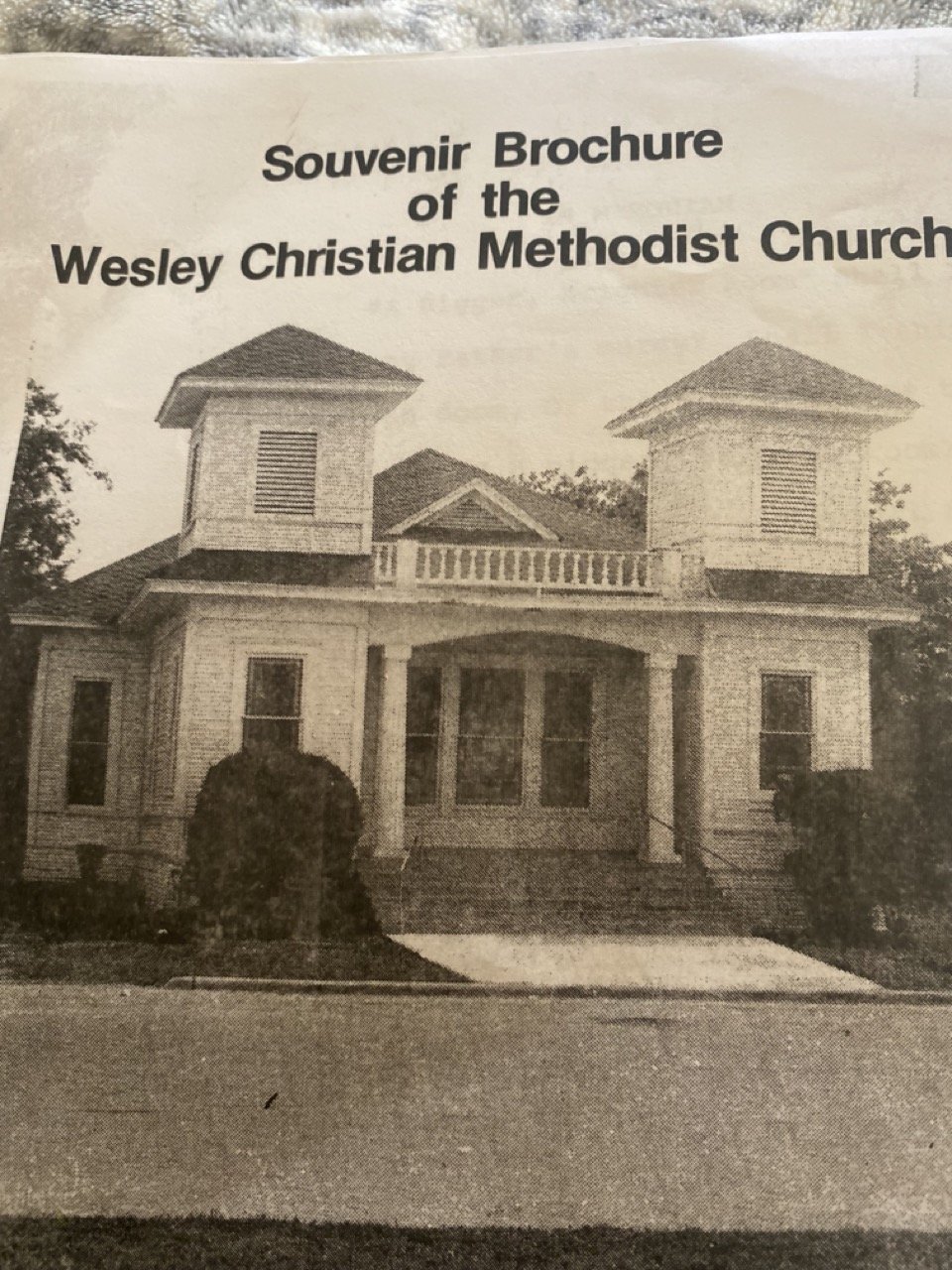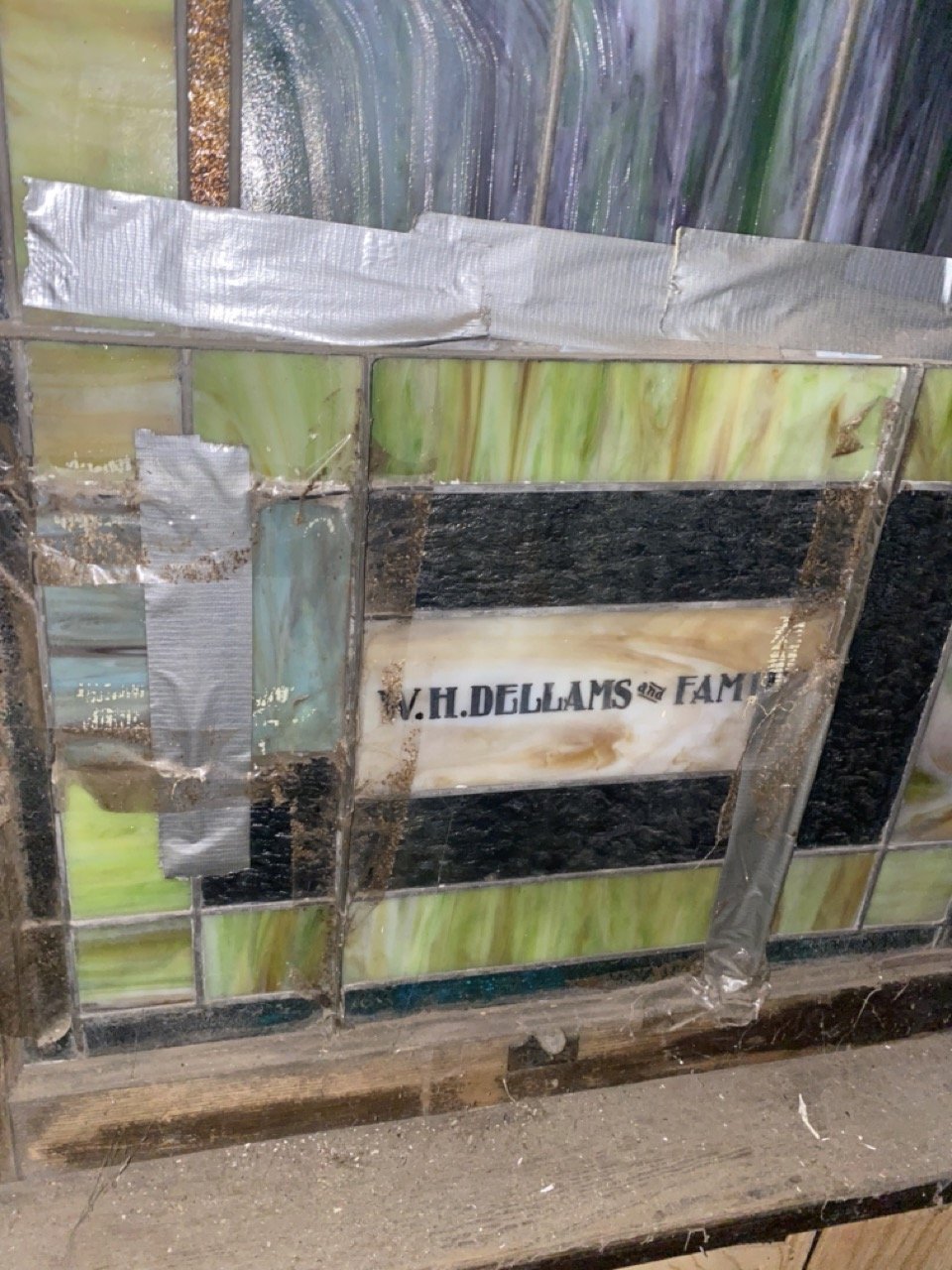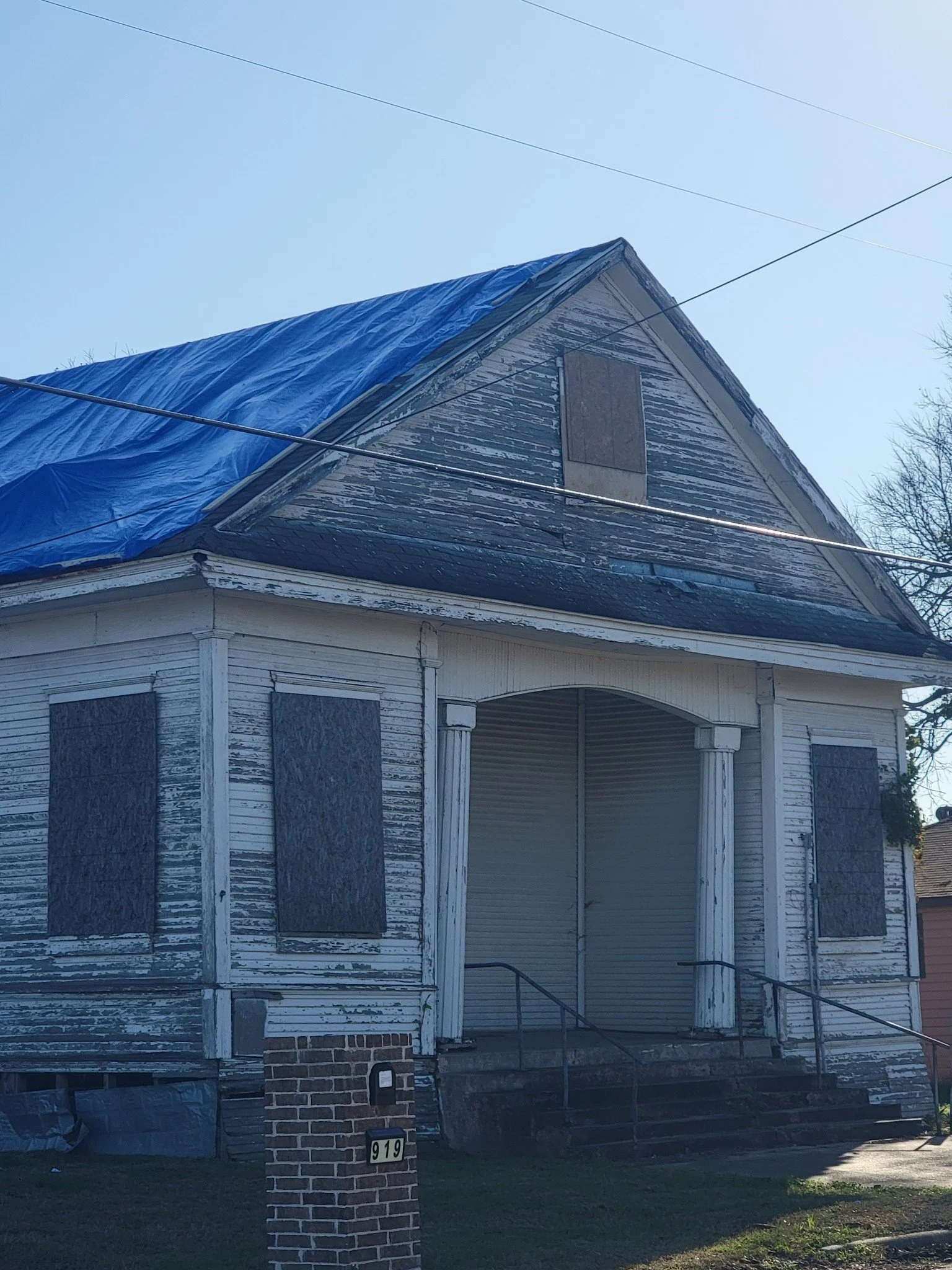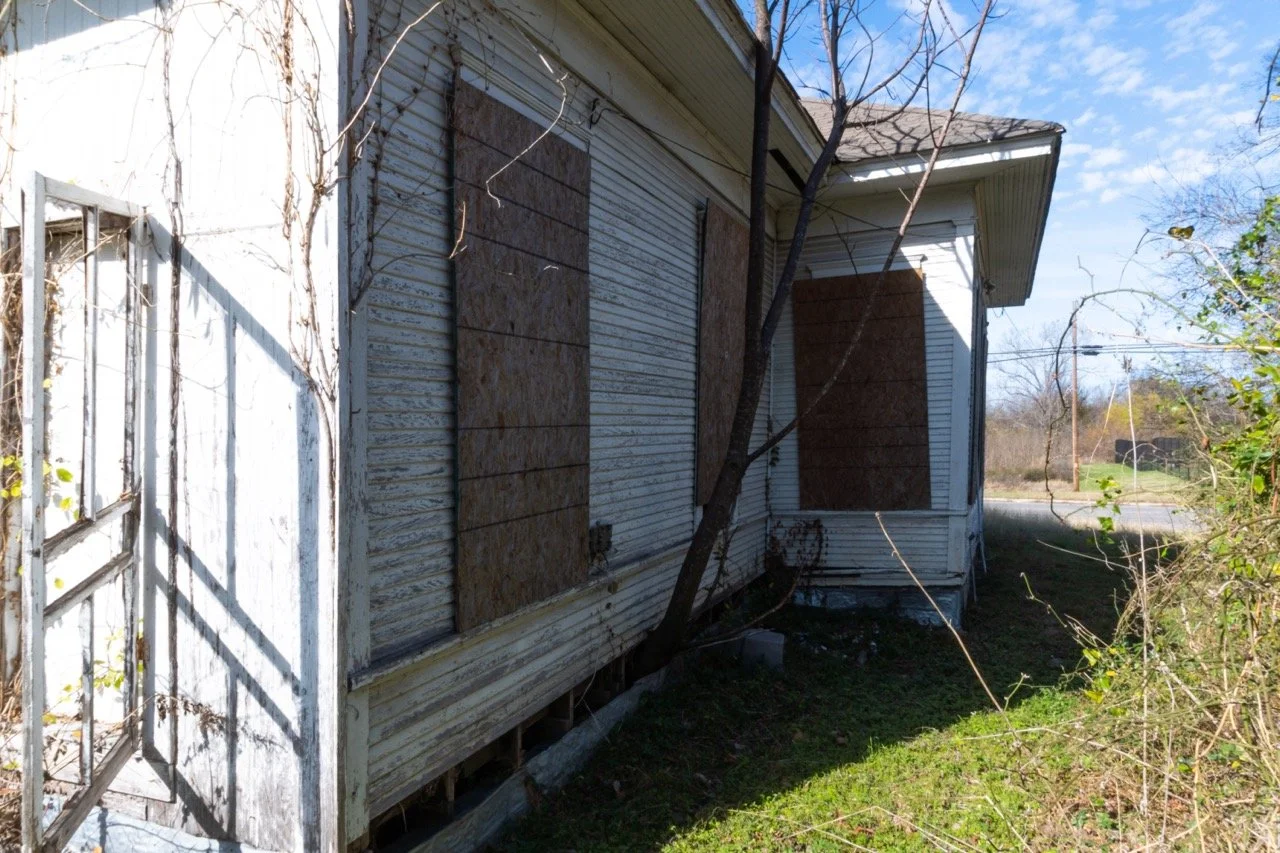Saving Wesley Chapel CME
Wesley Chapel Christian Methodist Episcopal Church is one of the oldest extant structures in a quartet of early 20th c. African American Churches in the heart of Corsicana’s historically-Black east side.
Meetinghouse Revival is on a mission to save it.
This one-room wooden structure built in the Texas Vernacular Style preserves the religious and architectural legacy of free and formerly enslaved Black Americans in rural Texas.
At 108 years old, the extant building dates from 1916, however, it is clear from the dedication stone and from an image dating to 1886 that an older church once stood on these grounds. The nature of the original C.M.E. structure on the site is unknown because many buildings in Corsicana’s East Side community, including several churches built during the Reconstruction Era, were destroyed. Only the old C.M.E. church bell remains.
During World War I, C.M.E. congregants rebuilt Wesley Chapel with the financial assistance of the white First Methodist Church. Constructed of new and reused shiplap and wood siding on top of a pier and beam foundation, the structure boasted twin towers and more than 28 stained glass windows—rare among Black rural churches of the time.
In 1954, the CME denomination changed its name from the Colored Methodist Episcopal Church to the Christian Methodist Episcopal Church in order to highlight its commitment to Christ and distance itself from its segregated past. Wesley Chapel operated as a church from June 11, 1916 until 2015, nearly 100 years.
Since then, Wesley Chapel has sat vacant, vultures choiring in the rafters. Meetinghouse Revival and Corsicana Preservation Foundation petitioned the City of Corsicana to remove the building from its demolition list in 2021. In 2023 Meetinghouse Revival acquired the building and has begun the painstaking labor of love to return her to her former radiance.
This building is part of a historic district anchored by four Reconstruction-era congregations—including one of the oldest Black Baptist congregations in the state— a former Grand Union Odd Fellows Lodge—and the site of celebrated G.W. Jackson High School. Together this landscape celebrates the vibrant beginnings of a Black community in rural Texas. By restoring Wesley Chapel and reactivating it as a site for communal gatherings, we have the opportunity to participate in local efforts to preserve and memorialize our town’s Black history. Meetinghouse Revival hopes to link the future of Coriscana’s east side to the legacy of its dynamic past.
















